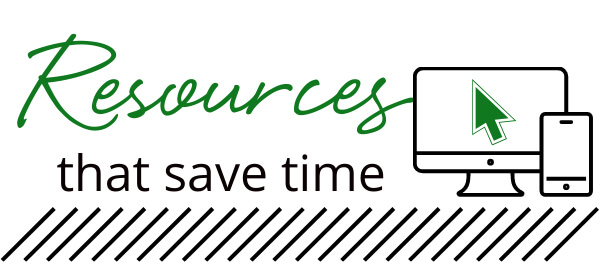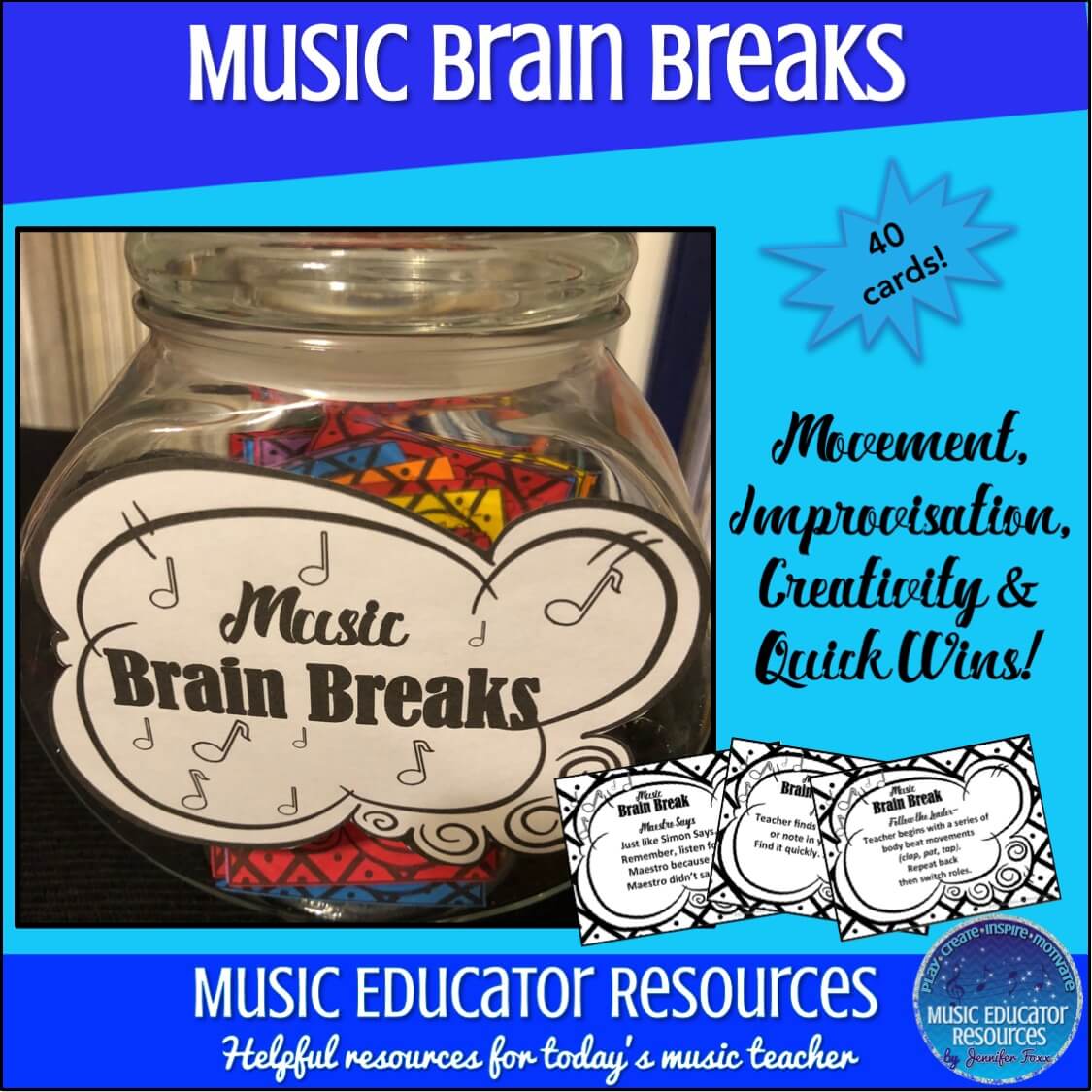
As teachers, I think we all want to help our students become better humans by fostering positive character traits. But with so much to teach, so many students to interact with, and everything else pulling for our attention, it can be hard to find ways to really focus on character development in concrete and strategic ways. Here are some ideas that can be used in the music room to help nurture the tiny humans placed in our care into the best they can be!
Responsibility through Class Jobs
So many elementary homeroom teachers use classroom jobs to foster responsibility and build classroom community, but it can be tricky to figure out how to incorporate that idea into the music room where we see hundreds of students in dozens or more classes. The key for me was splitting my classroom up into 6 “teams”. I have my classroom chairs organized in rows, and each row is a team. No matter which class they’re in, each student is on a particular team and stays on that team all year. I use these teams for a number of things in my classroom, but one of the best has been classroom jobs. These jobs are assigned to teams rather than individual students, and rotate about every 6 weeks, so that each team has a turn on each job.
Because they are “team” jobs, I focus on things that students can take turns doing or do together. In my classroom, I have 6 jobs: line leader (lining up first at the end of class), teacher helper (small tasks I need done like turning lights off and on, shutting the door etc), supplies (handing out papers, pencils, instruments etc), clean up (putting away supplies, cleaning whiteboard, etc), compliment (more on that in a minute), and peacekeeper (more on this one in a minute too). In the past, I’ve also used the job of attendance. There are lots of ways you can go with this, depending on how your classroom runs. Read this post from my blog, Organized Chaos, for more on how I have everything set up:

Selflessness and Social Skills through Compliments
My favorite “classroom job” is the compliment job. At the end of each class period, someone from the team assigned to the compliment job (or all of them together) chooses 1 person not on their team and gives them a specific compliment. It can be about something that happened in music class (“great singing!”), or have nothing to do with music at all (“I like your shoes”, or “you are so good at riding your bike”). The idea is to give students regular chances to practice giving and receiving compliments. It’s amazing how excited students are to be on both the receiving and giving end!
Problem Solving through Peacekeeping
The other “job” I want to discuss is the “peacekeepers”. I explain to students that this job is basically for those times when a student needs to talk to me, or needs a minute to themselves because they are upset, but can’t get my attention because I am busy teaching. In that situation, they are to speak with one of the peacekeepers, who can then help them come up with a solution until I have time to help. Especially in a class where losing their attention for 2 seconds can spell disaster for the rest of the lesson, this job is very helpful in managing little emotional flare-ups that happen at, seemingly, the most inconvenient times. This job doesn’t get used as often as the others, but even just the process of explaining the responsibilities of the job can be helpful in developing students’ ownership in the classroom and help them think about problem-solving skills, and when they do get to do their job it can be quite powerful!
Empathy through World Music
One of the greatest benefits of studying music from other cultures is the empathy it builds by helping students experience something from a different perspective. To make that happen though, we have to give students a more in-depth, meaningful, holistic experience of the music from that culture rather than a cursory overview or sampling of “world music” elements. Taking the time to study one culture’s music in a more in-depth way can help students develop empathy and an openness to other perspectives, foster community and belonging in the wider world community, and deepen respect for people who are not like themselves.
Teaching in-depth units like these can be intimidating at first, especially if you don’t have first-hand experience with the culture yourself, but it’s not as hard as you might think. Read this previous post to get specific lesson ideas for teaching music from 9 different countries.
Respect through Circles
Circles are the latest addition to my “behavior management” strategies that focus on empowering students and fostering positive character rather than extrinsic rewards and consequences for specific behaviors. The idea of the circle is just like those “morning meetings” you have in Kindergarten homeroom. Everyone sits in a circle, and an item designated as the “talking piece” is passed around for each student to have a turn to speak on a particular topic. Sometimes it’s a simple “get to know you” question, like “What’s your favorite song?”. Sometimes it’s a problem-solving question, like “We’re having trouble singing together on the beat. What can we do to improve?”, or “It has been taking us a long time to get class started the last few weeks because there is so much talking when we enter the room. What can we do to improve?”. Other times the question prompts students to use higher-order thinking skills to apply their learning, like “Why do you think the composer chose to use ‘forte’ in that section?”. The key is that everyone has to take turns speaking and practice active listening when they’re not, which both develops listening skills and helps students get to know each other more deeply. This is a big topic, but an important one! Read more about different types of circles, how I structure them, and get more examples of prompts to use, in this post:

So much more can be said on this topic but we’ll stop there for now! How do you build character in your students? There are so many ways to approach this in concrete ways, but I think the most important thing to remember is the importance of caring for our students and modeling appropriate behaviors and perspectives in everything we do. What we do and say can have a tremendous impact on students’ lives!
Which of these strategies do you already use in your teaching? Which ones were new to you? What other ideas to you have for character education in the music room? Let’s hear your ideas in the comments! And if you have any questions for me, you are welcome to contact me and I’ll be happy to chat- you can find all of my social media links on my blog, or you can email me at [email protected] .
Have a wonderful week!
Elizabeth Caldwell
Organized Chaos


[et_social_follow icon_style=”slide” icon_shape=”rectangle” icons_location=”top” col_number=”4″ outer_color=”dark”]






























